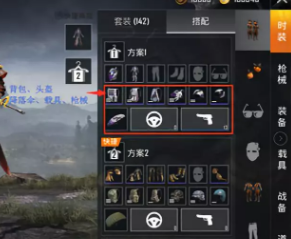which digital currency should i invest in- Top People also ask
(A) macroeconomic factorsAt the same time, changes in news at home and abroad will also have an important impact on A shares. Internationally, the results of monetary policy meetings in major economies and the latest progress in international trade negotiations may trigger global market fluctuations, which will then be transmitted to the A-share market. For example, if the Fed releases a dove signal, it will help global funds to return to emerging markets, including the A-share market, and provide external assistance for the index to go up. In China, industry-level policy news, such as the adjustment of centralized purchasing policy in pharmaceutical industry and the continuation or optimization of subsidy policy in new energy automobile industry, will directly affect the trend of related industry sectors, and then have a chain reaction to the pattern of the whole A-share market.Third, tomorrow's A-share market inference
On the whole, on December 10th, 2024, the three indexes of A shares opened higher and went lower, which reflected the complexity and uncertainty of the current market. Tomorrow's A-share market will depend on the comprehensive effects of technical aspects, macro policies and news, plate rotation and capital flow. Investors should pay close attention to the changes of the above factors and make investment decisions prudently to cope with market fluctuations and changes.Third, tomorrow's A-share market inferenceFrom the internal structure of the market, the phenomenon of plate differentiation is more prominent. The weighting sectors such as finance in early trading once drove the index to open higher, but the follow-up of other sectors was weak. On the one hand, science and technology growth sectors, such as artificial intelligence and semiconductors, which had a large increase in the previous period, are facing profit-taking pressure. With the recent gradual increase in the valuation of related sectors, some investors choose to lock in profits, and funds flow out of these high-valuation sectors, which has a certain impact on the overall popularity of the market. On the other hand, the traditional cyclical sectors, such as steel and coal, are relatively depressed due to multiple factors such as overcapacity, environmental protection policies and fluctuation of downstream demand, and failed to form effective support after the index opened higher, resulting in the lack of core driving force for sustained growth in the market, and finally moved towards a low trend.
(B) the internal structure of the market differentiation(B) Macro policies and news expectationsFrom the technical analysis point of view, today's Shanghai Composite Index has formed a K-line shape with a long shadow line, and the trading volume has been enlarged, which indicates that there is greater pressure on the top and the market divergence has intensified. If tomorrow's index fails to effectively recover today's upper shadow line, and the trading volume continues to maintain at a relatively high level, the index may seek further support. In the short term, some important moving average positions below, such as 60-day moving average and 120-day moving average, will become key support areas. If the index can stabilize near these moving averages, and with the shrinking volume, the market is expected to enter the short-term shock consolidation stage, waiting for a new direction choice. On the other hand, if the index falls below these support levels quickly, it may trigger a new round of decline, dropping to near the previous low.
Strategy guide
12-14
Strategy guide
12-14
Strategy guide
Strategy guide 12-14
<acronym id="0hT5av">
<u lang="tIid7MAt"></u>
</acronym>
Strategy guide 12-14
Strategy guide 12-14
Strategy guide
12-14
Strategy guide
12-14























